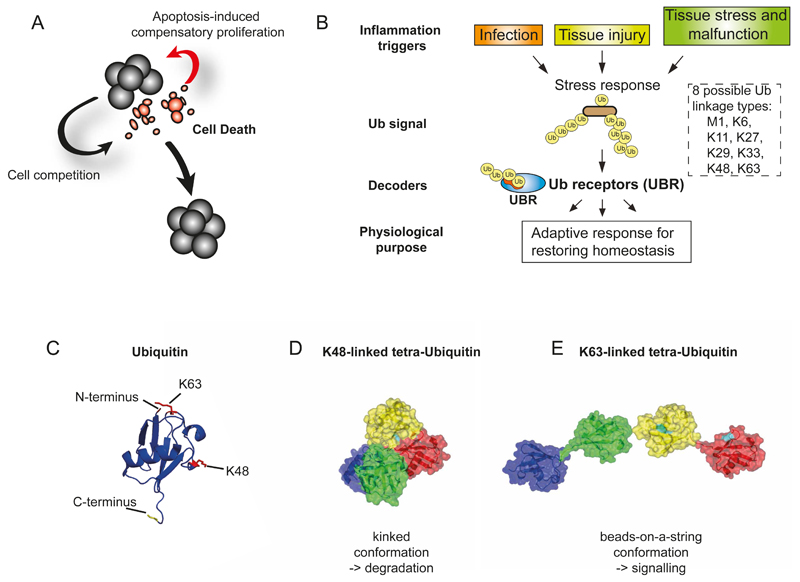Figure 1. Ubiquitylation as mediator and regulator of signal transduction in cell death, inflammation, and defense of homeostasis.
(A) Tissue malfunction results in a secretery programme and inflammatory response whose purpose it is to restore homeostasis. Tissue homeostasis is regulated by a collective decision mechanism that influences cell death and proliferation across tissues. These include cell competition and apoptosis-induced compensatory proliferation. (B) Tissue stress response and inflammation underlie a common principle in which the conjugation of typical Ub-chains produces robust networks that are decoded by Ub-receptors whose actions serve to coordinate adaptation to tissue stress. (C) Ribbon Structure of Ub. Lysines at position 48 and 63 of Ub are highlighted. (D, E)Topology of K48- (C) and K63-linked (D) tetra Ub chains.

